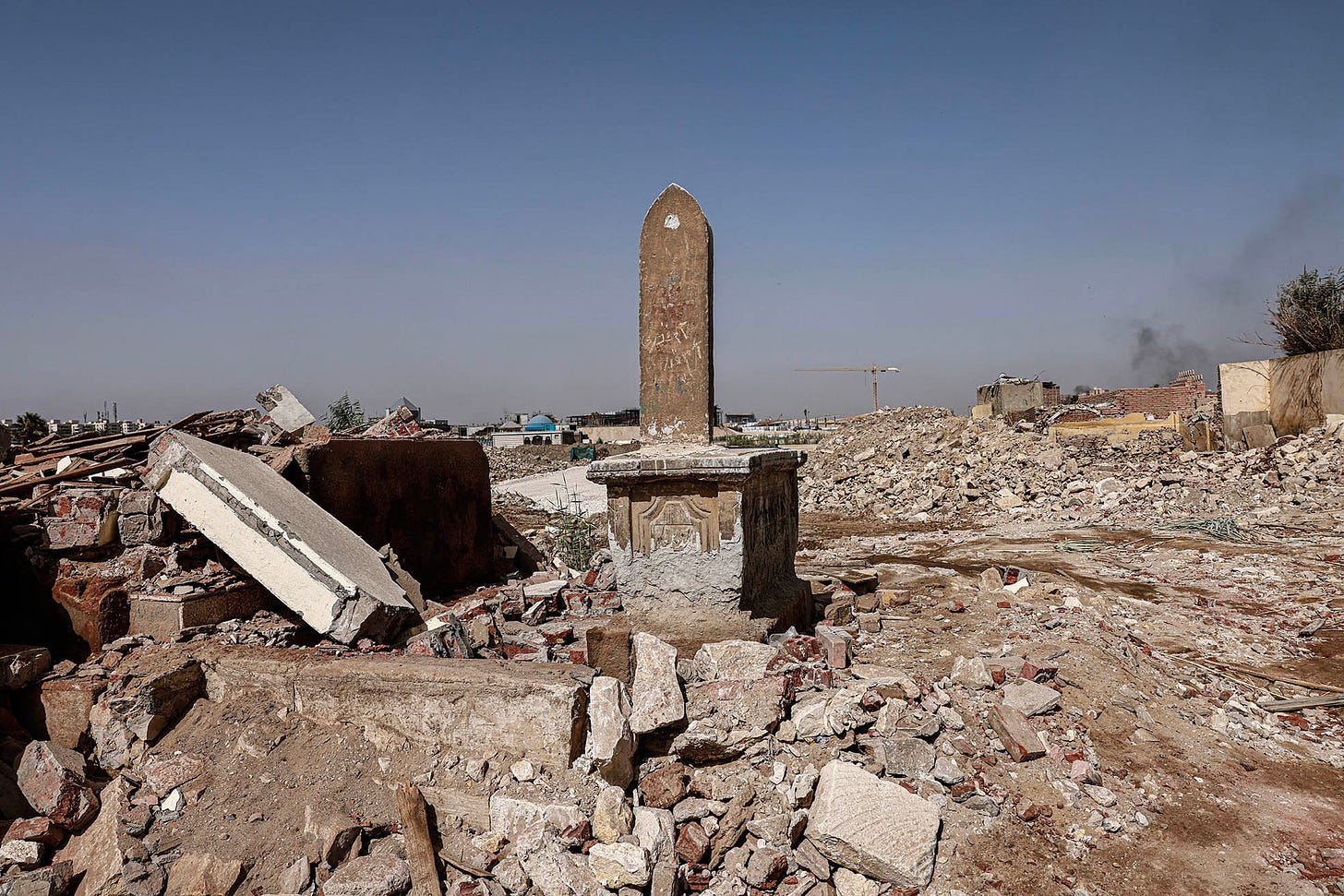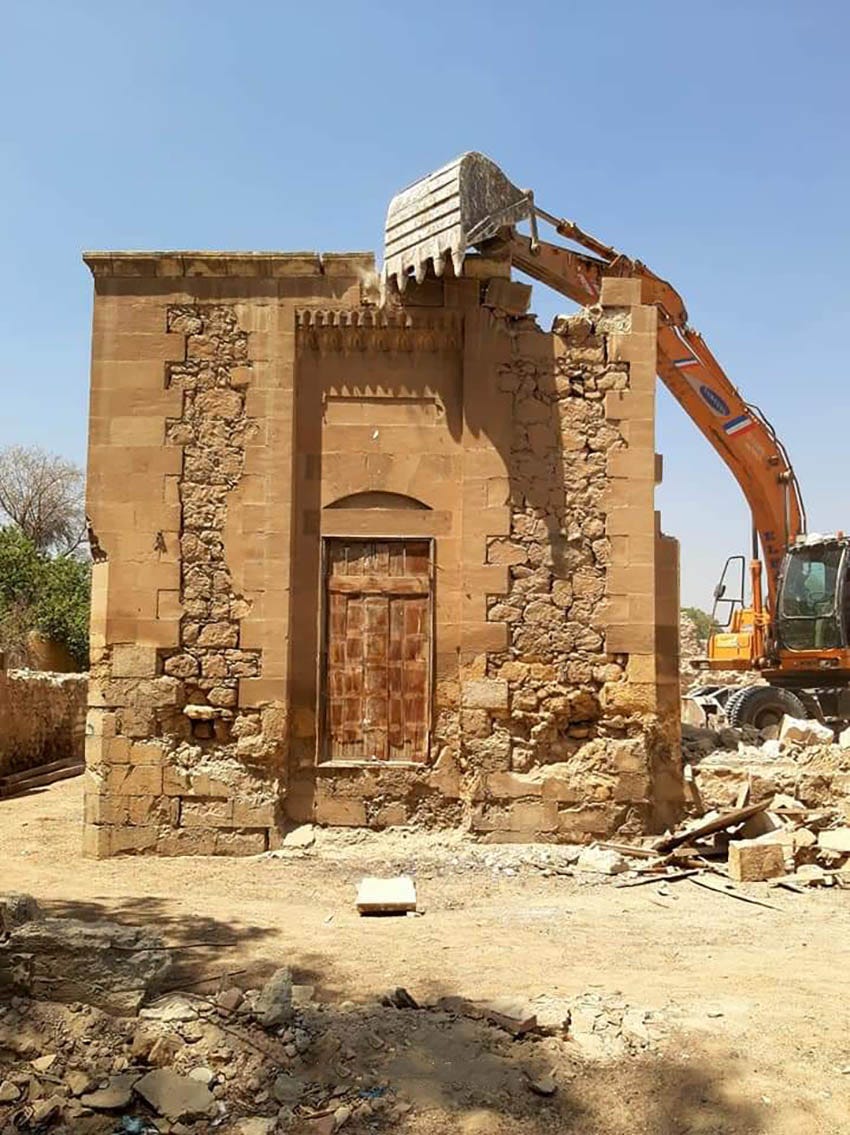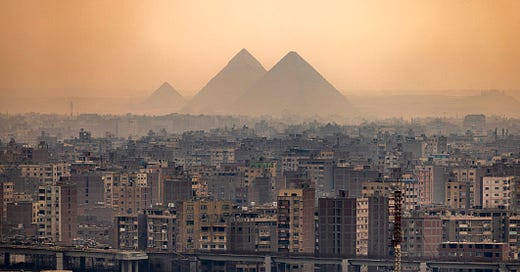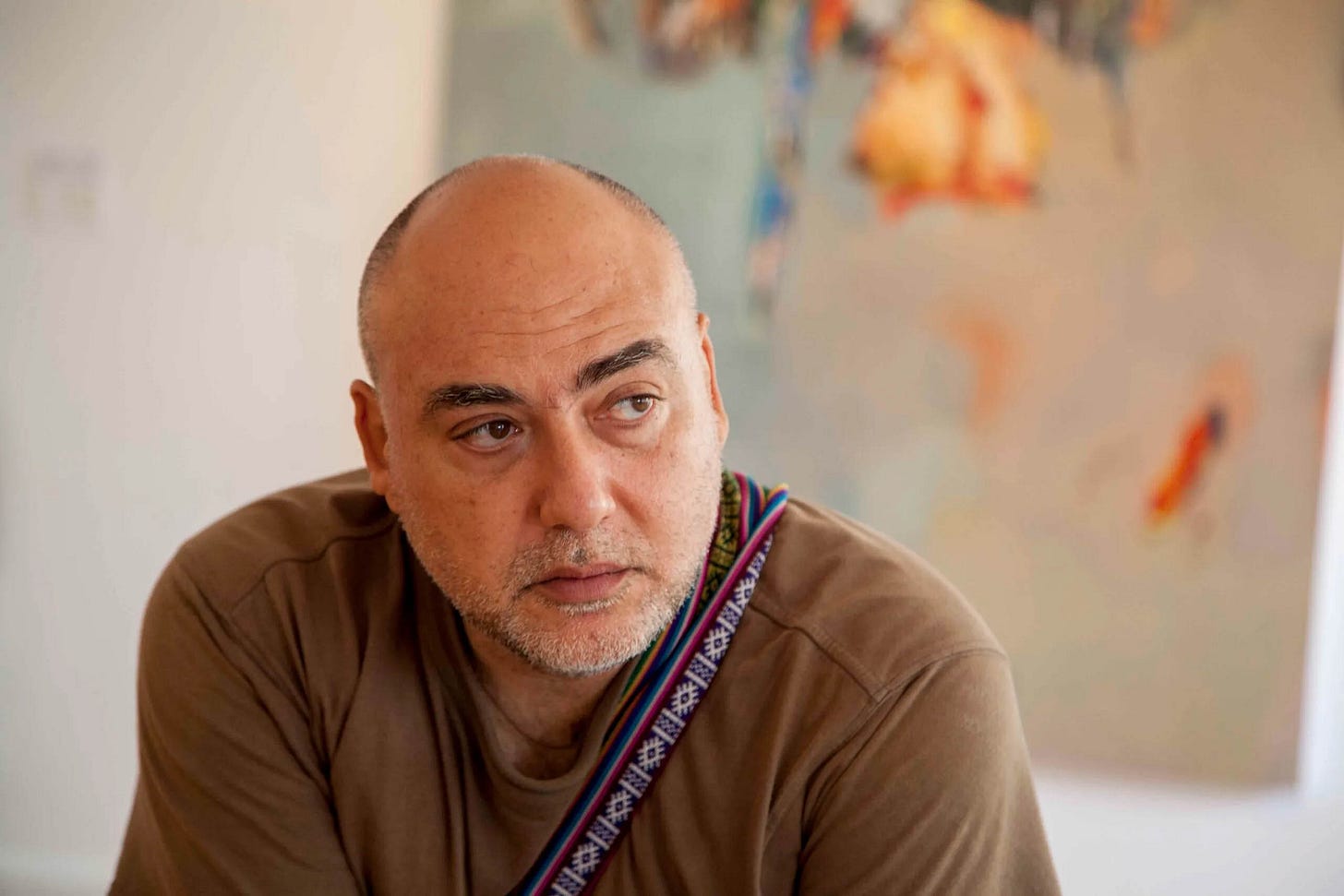Egypt: New roads, old problems
Efforts to modernise Cairo’s infrastructure are running up against – and sometimes through – the city’s long history.
Mariam Ehab in Cairo
For a millennium, people have been living in the city that today is called Cairo or, in Arabic, Al-Qahira: The Victorious.
The evidence of this continuous habitation is everywhere, but especially in the narrow, cramped, winding roads of the old town, which follow paths first laid down centuries ago. Lining these roads are historic mosques and markets, and the tombs of the venerable inhabitants who once wandered them. It is now one of the poorest and most densely populated areas in the city.
The road that Egypt’s government wants to build – is building – could not be more different. The new motorway will be wide and straight and modern, and it will run through the heart of Old Cairo.
It will not curve around sites of historical or cultural significance, but go directly through them.
The bulldozing has begun.
On 6 January, Moataz Nasreldin woke up to a nightmare. The internationally acclaimed sculptor had spent 15 years turning Darb 1718, in the heart of Old Cairo, into Cairo’s foremost hub for arts and culture. The word “darb” in Arabic is a play on words meaning both “a path” or “a beating”. And 1718 is a reference to Egypt’s January 17-18 bread riots of 1977, during which Nasreldin was shot in the leg by police.
It took just one day for government contractors to flatten the institution – along with hundreds of thousands of dollars’ worth of art inside.
“It all started in August 2023,” Nasreldin said. “Some government employees offered me a 35m2 space to compensate for my 800m2 premises to expand the road.” Nasreldin refused this offer, and launched a petition to save Darb 1718. Despite 16,000 signatures, the demolition went ahead.
Nasreldin has taken legal action against the government. To keep Darb alive and to continue paying his staff of 25, he offers arts and crafts workshops in a small space he rents nearby.
Phantom cemetery
Meanwhile, the road-building continues apace, increasing anxiety over the future of Old Cairo, whose cultural heritage is under constant threat from the government’s wrecking ball.
Citing Cairo’s chronic congestion, the government has justified tearing down mausoleums, shrines and tombs of significant cultural and religious value, some dating back hundreds of years.
These actions have jeopardised the district’s Unesco-designated World Heritage Site status, threatening to move it to the endangered heritage list.

At particular risk are the mausoleums in the area’s historic necropolis, housing the tombs of prominent politicians, poets, Islamic figures, and their families.
The demolitions here began as far back as 2020. A public outcry against this reached a head with the destruction of the tomb of iconic novelist Yehia Haqqi.
His remains were moved to Tenth of Ramadan City, some 35km away, in mid-2023.
A threat to destroy the grave of Taha Hussein, one of the 20th century’s most influential public intellectuals in the Arab-speaking world, was met with fierce criticism, forcing the government to leave it intact. In response to this public pressure, the government announced the establishment of “The Cemetery of the Immortals” in late 2023 – a new graveyard to which prominent tombs would be relocated. According to the ministry of antiquities, no action has yet been taken to implement this decision.
Powerless to stop the construction, civil society groups are instead doing what they can to save the area’s history.
Researcher Hossam Abd El Azeem, who founded Shawahed Masr in 2021, said that his non-profit was initially concerned with cleaning and conserving heritage sites, but has now shifted their focus to saving the facades of as many of them as possible.
“We saved 24 artefacts just as they were about to be demolished,” said Abd El Azeem. These include, among many others, parts of the 122-year-old mausoleum of the freed slaves of Prince Ibrahim Helmy, son of Khedive Ismail.
A heritage too rich to save?
President Abdel Fattah el-Sisi’s mission to reshape Egypt extends well beyond Old Cairo. The former field marshal came to power in 2013 following three years of political instability that started with a popular uprising in 2011. Since then, his administration has embarked on a massive infrastructure-building spree.
Over the past nine years, it has built 934 bridges and 5,800km of new roads. In Cairo, it has completed a third metro line with 29 stations. A new capital city, 45km southeast of Cairo, is currently under construction, with an estimated price tag of $58-billion.
The president says that all this new infrastructure stimulates the economy, and is necessary to accommodate the country’s population of 106-million (22-million of whom live in the Greater Cairo area).
He has a point: “Most of Egypt’s population is concentrated in 6% of its area, while the rest of Egypt is sparsely populated and lacks services. Significant infrastructure projects are necessary to encourage people to relocate to new areas and to alleviate congestion and pressure on services, facilities, and transportation,” Hassan El-Mahdy, transportation and roads professor at Ain Shams University, said.
And President Sisi’s infrastructural ambition is applauded outside Egypt too. During his tenure, the country has gone from 118th to 28th place in the infrastructure category of the World Economic Forum’s Global Competitiveness Report.
But critics observe that such large-scale construction projects risk destroying Egypt’s priceless heritage in pursuit of modernity.

In theory, Egypt’s laws protect heritage sites from being demolished to make way for all this new infrastructure. But loopholes in these laws mean that most heritage sites are not formally registered as such, including many in the path of the new motorway through Old Cairo.
That is the trouble with having so much history in one place, explained Magdy Shaker, the chief archaeologist at the Ministry of Antiquities. He said that it is not enough for buildings just to be old – to be registered, they must also have some connection to a historical event; bear a specific architectural style; and be completely intact.
“Registering every piece of heritage is a challenge. Half of Egypt’s buildings would be registered as heritage structures if the 100-year standard was the only one applied,” Shaker said. “There are entire cities with buildings over 100 years old.”






